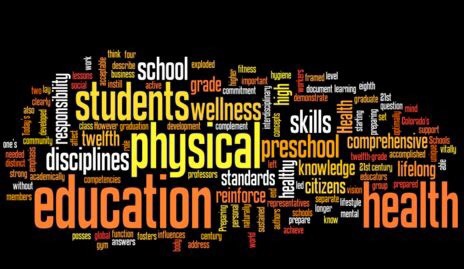| Basketball Golf | |
|
State Standard: 1, 2, & 4 |
|
| Equipment: One basketball per student, poly spots, score sheets, & pencils | Grade: 3-5 |
| Purpose of Event: Shooting Technique & Counting | |
| Time: 15-20 minutes | |
| Organization: Students work individually during this activity. Before beginning, arrange poly spots at each basket. Try to have at least 9 spots (holes) total. Arrange each spot a different distance away from the basket. Assign 2-3 students to each spot.
Basketball Golf: The children begin this activity by shooting the ball from the spot (hole). If they make their shot on the first try, they mark a one on their score sheet. If they miss the first shot, they run and get the rebound. Wherever they get the rebound is where they shoot the next shot. This process continues until they have made the shot. Once they have made the shot, they record their score on the score sheet and move on to the next hole. Variation: Instead of having students continue to shoot until they make the shot, set a limit of five shots at each hole. |
|
| Concerns: Move safely around the gym. | |
| This idea is from: | |

